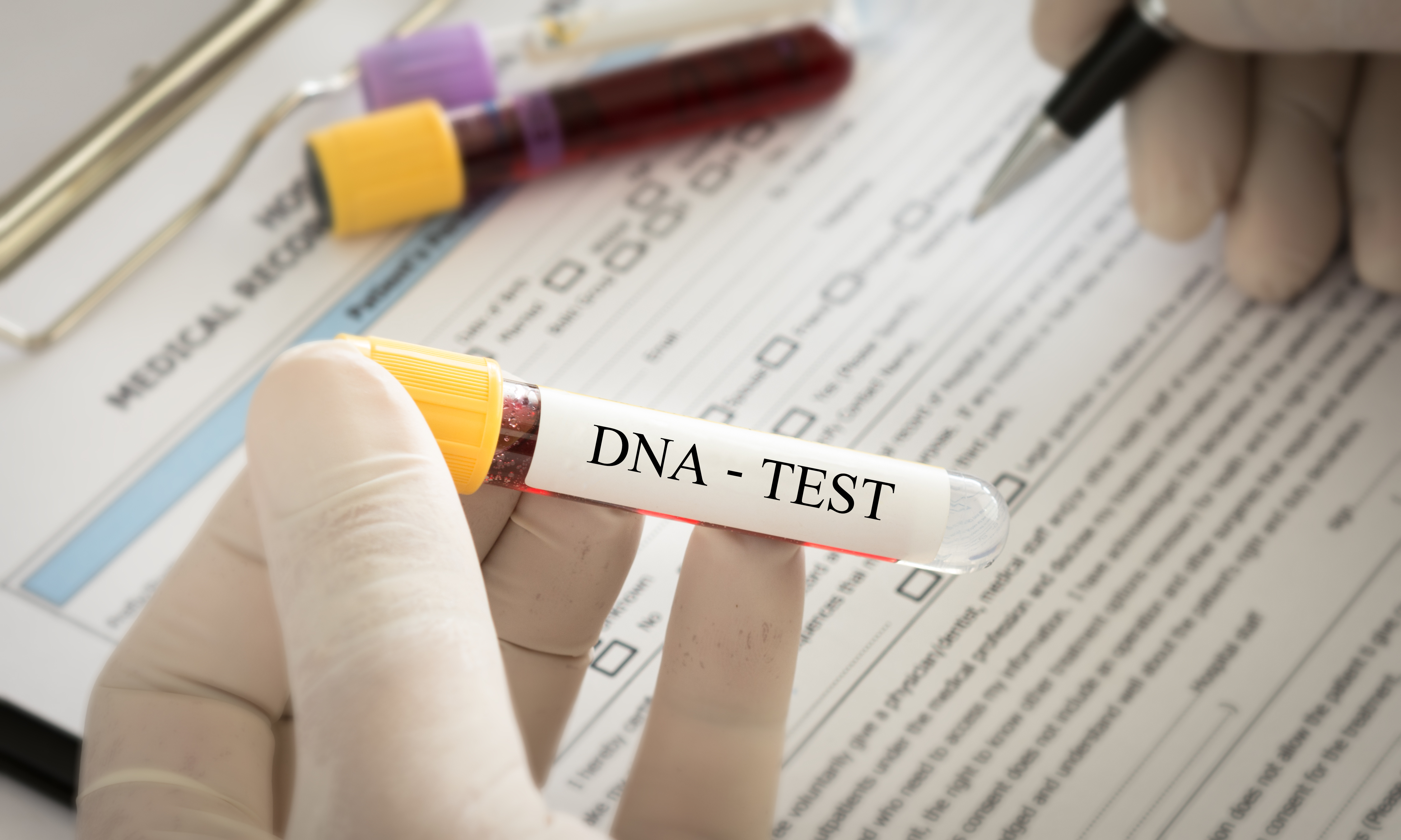What does the Chinese military want with your unborn baby’s genetic data?
By Arwa Mahdawi,
The Guardian
| 07. 10. 2021
The BGI group has used data from its popular prenatal test to help the People’s Liberation Army improve ‘population quality’ but they are far from the only ones normalizing eugenics
Your unborn baby is already being monetized
Could data harvested from millions of pregnant women pave the way for genetically enhanced super-soldiers? According to a recent Reuters investigation, BGI Group, the manufacturers of a popular prenatal test, is working with the Chinese military towards that very goal.
BGI group offers a test called Nifty (“Non-Invasive Fetal TrisomY”), which is offered in more than 50 countries and is used to look for genetic abnormalities such as Down’s syndrome early on in a pregnancy. According to Reuters, more than 8 million women have taken these tests, and BGI has used the genetic data it has collected to help the Chinese military improve “population quality”. Reuters reports that US government advisers have warned that access to this massive databank could “propel China to dominate global pharmaceuticals, and also potentially lead to genetically enhanced soldiers, or engineered pathogens to target the US population or food supply”. BGI has issued a statement rejecting these claims.
“China is stealing your intimate data for evil purposes” is a popular genre in western journalism – see, for...
Related Articles
By Josie Ensor, The Times | 12.09.2025
A fertility start-up that promises to screen embryos to give would-be parents their “best baby” has come under fire for a “misuse of science”.
Nucleus Genomics describes its mission as “IVF for genetic optimisation”, offering advanced embryo testing that allows...
By Hannah Devlin, The Guardian | 12.06.2025
Couples undergoing IVF in the UK are exploiting an apparent legal loophole to rank their embryos based on genetic predictions of IQ, height and health, the Guardian has learned.
The controversial screening technique, which scores embryos based on their DNA...
By Frankie Fattorini, Pharmaceutical Technology | 12.02.2025
Próspera, a charter city on Roatán island in Honduras, hosts two biotechs working to combat ageing through gene therapy, as the organisation behind the city advertises its “flexible” regulatory jurisdiction to attract more developers.
In 2021, Minicircle set up a...
By Vardit Ravitsky, The Hastings Center | 12.04.2025
Embryo testing is advancing fast—but how far is too far? How and where do we draw the line between preventing disease and selecting for “desirable” traits? What are the ethical implications for parents, children, clinicians, and society at large? These...




